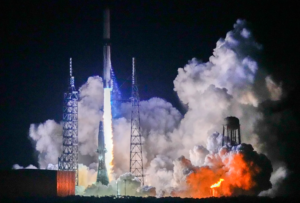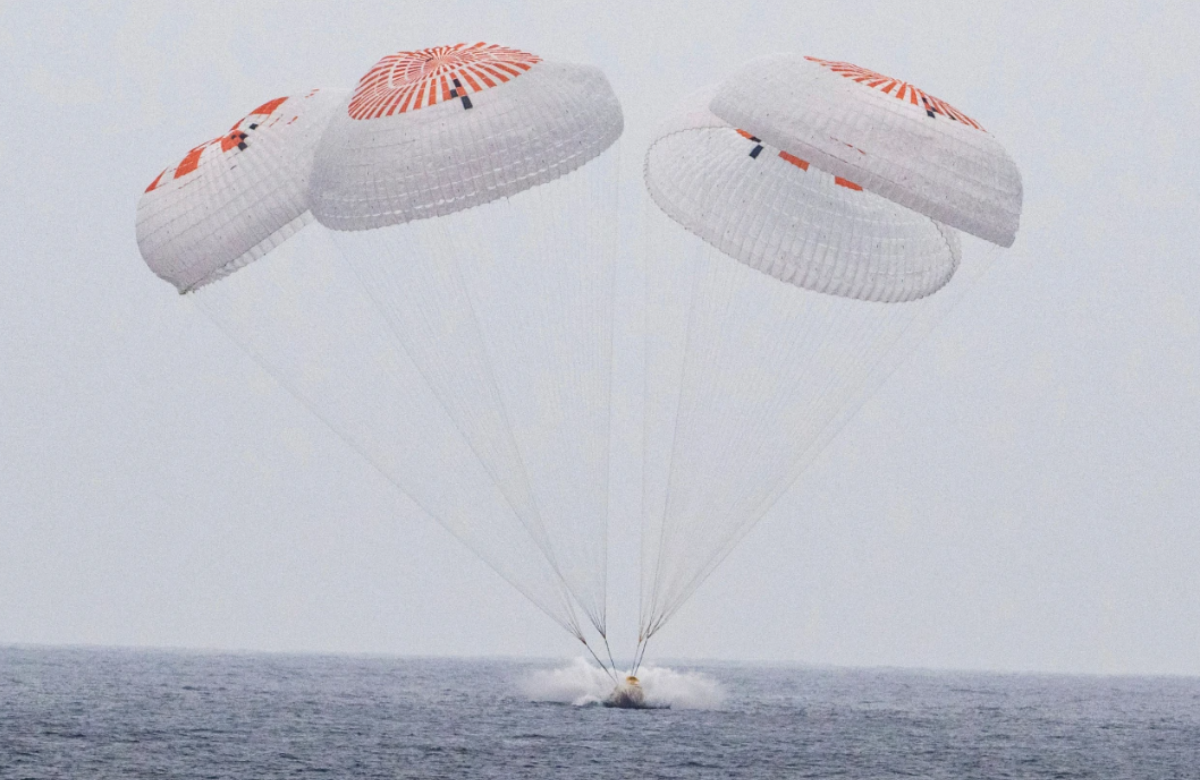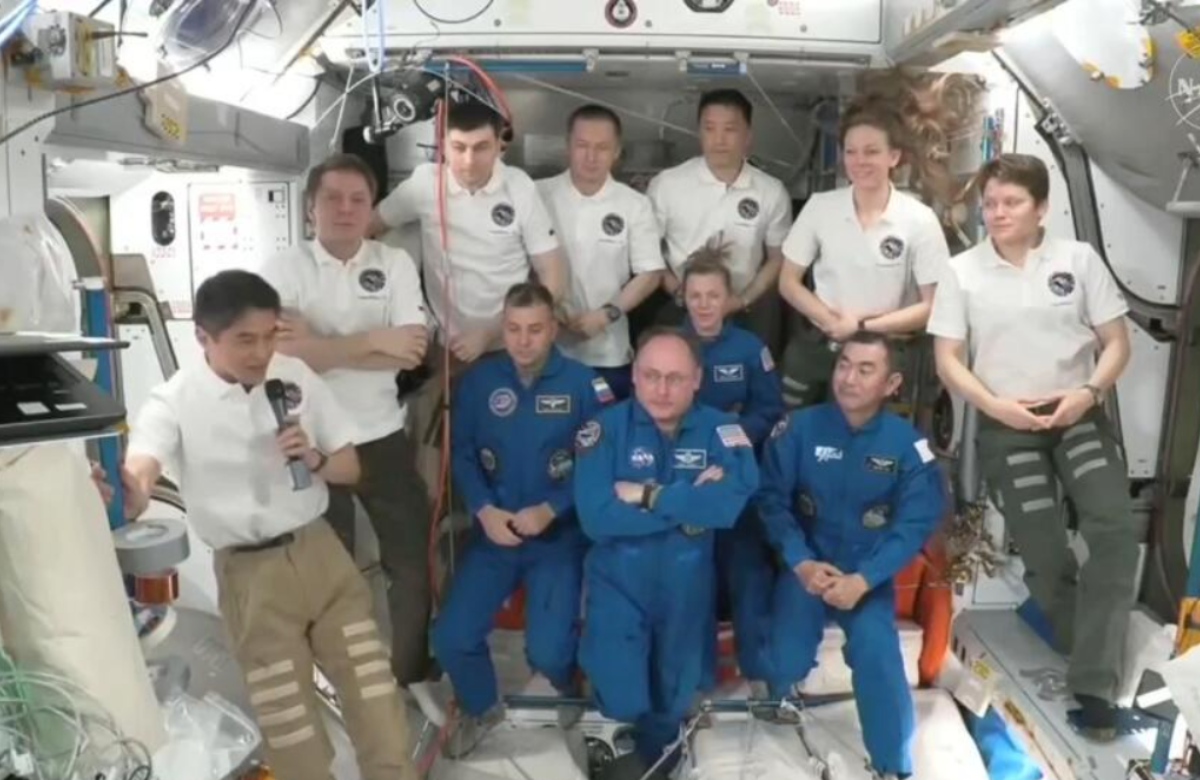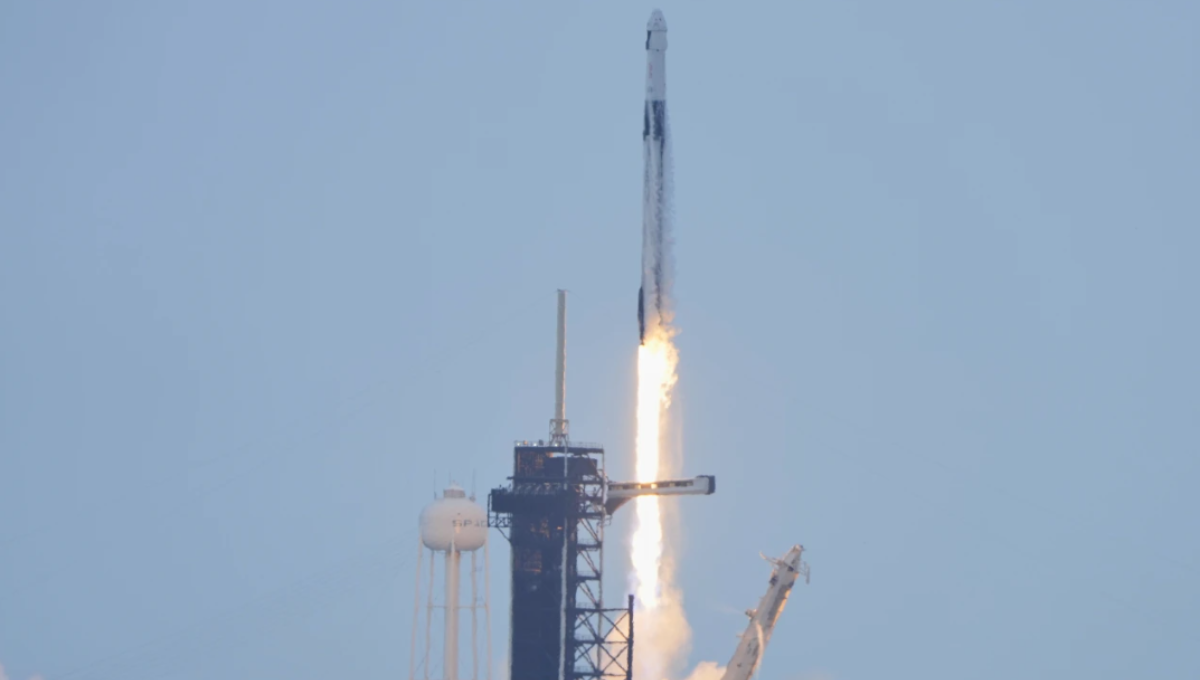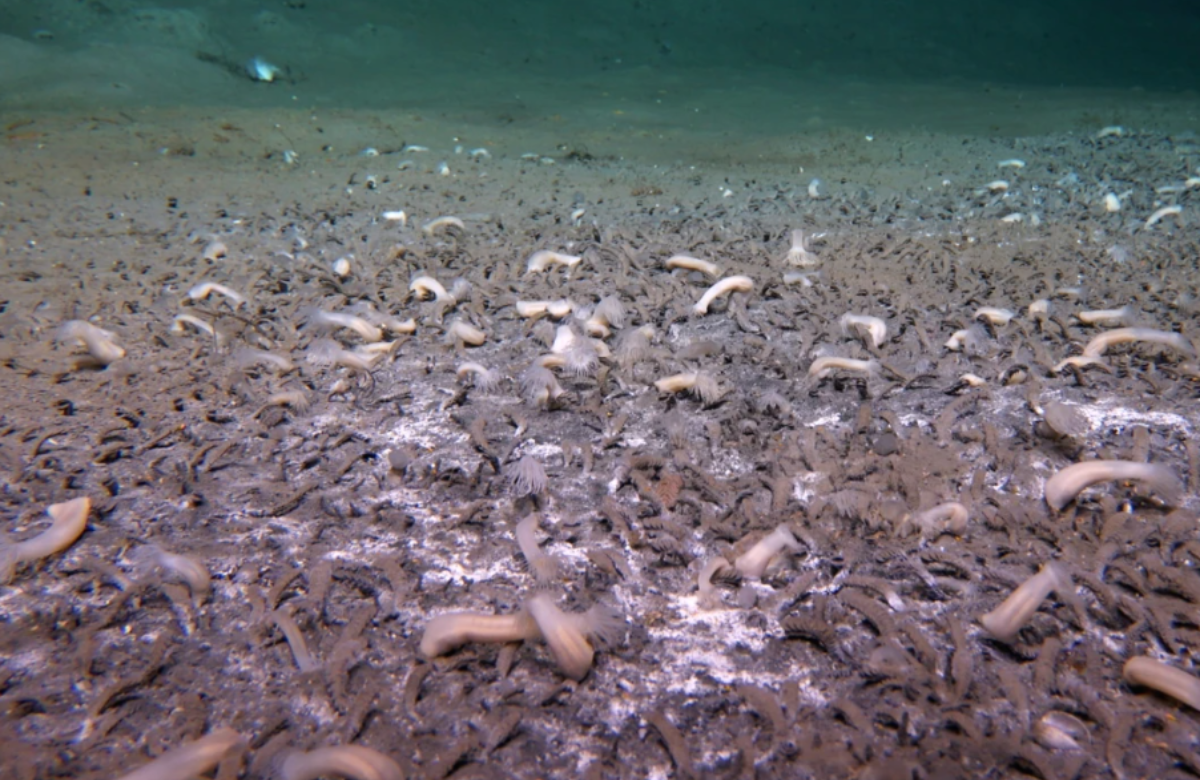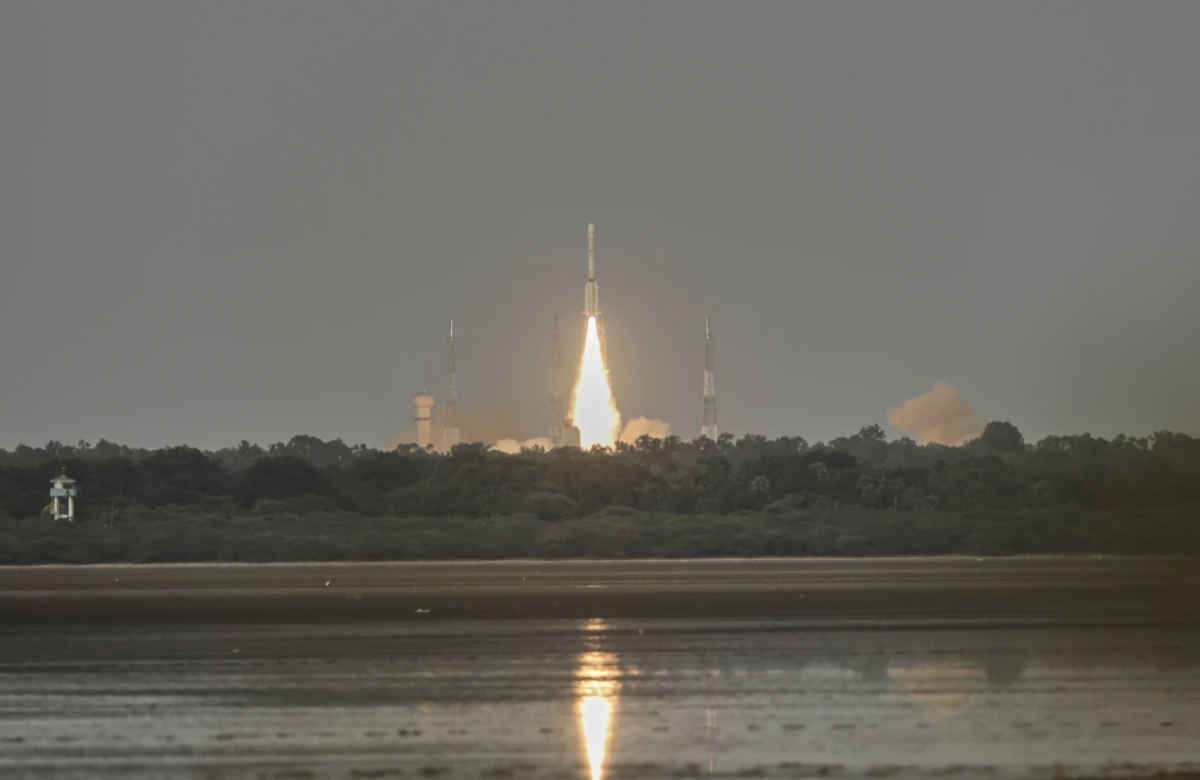Johann Strauss II’s iconic waltz “The Blue Danube” is set to take a stellar journey this month in honor of the composer’s 200th birthday. The piece will be transmitted into space on May 31, performed by the Vienna Symphony Orchestra as part of a cosmic tribute that also celebrates the 50th anniversary of the European Space Agency (ESA).
Although it’s possible to convert a live performance into radio signals in real time, ESA officials have opted to broadcast a pre-recorded version from the orchestra’s rehearsal to avoid technical risks. Meanwhile, audiences will be able to enjoy a live performance alongside the transmission, with free public viewings scheduled in Vienna, Madrid, and New York.
Once transmitted, the music will travel through space at the speed of light — around 670 million miles per hour (more than 1 billion kilometers per hour). At that pace, “The Blue Danube” will pass the Moon in just 1.5 seconds, reach Mars in about 4.5 minutes, fly past Jupiter in 37 minutes, and clear Neptune in roughly four hours. Within 23 hours, the signal will have traveled as far from Earth as NASA’s Voyager 1 spacecraft — currently more than 15 billion miles (24 billion kilometers) away in interstellar space.
This isn’t the first time music has been beamed into the cosmos. NASA celebrated its own 50th anniversary in 2008 by sending the Beatles’ “Across the Universe” into space. In 2023, Missy Elliott’s “The Rain (Supa Dupa Fly)” was transmitted toward Venus. Back in 2012, a recording of will.i.am’s “Reach for the Stars” was sent to Mars via the Curiosity rover and relayed back to Earth — a musical milestone from another world.
However, these transmissions differ from the musical exchanges that have taken place between Mission Control and astronauts in orbit since the 1960s. They represent intentional efforts to send Earth’s cultural expressions into deep space.
Strauss’ moment among the stars comes nearly 50 years after he was excluded from NASA’s Voyager Golden Records. Launched in 1977, Voyagers 1 and 2 each carry a gold-plated phonograph record with greetings, images, and 90 minutes of music selected to represent Earth to any potential extraterrestrial listeners. Curated by a team led by Carl Sagan, the selections included works by Bach, Beethoven, Mozart, and Stravinsky, as well as contemporary and traditional music — but left out Strauss, despite the popularity of “The Blue Danube,” famously featured in Stanley Kubrick’s 1968 film 2001: A Space Odyssey.
Vienna’s tourist board, seeking to correct what it calls a “cosmic mistake,” is championing this initiative to give “the most famous of all waltzes” its rightful place among the stars.
The ESA will use its deep-space antenna in Spain to send the broadcast in the direction of Voyager 1, effectively aligning the music’s trajectory with that of the legendary probe.
“Music connects us all through time and space in a very special way,” said ESA Director General Josef Aschbacher. “We’re proud to share this moment with Johann Strauss II and to inspire future space explorers who may one day travel to the rhythm of the universe.”

